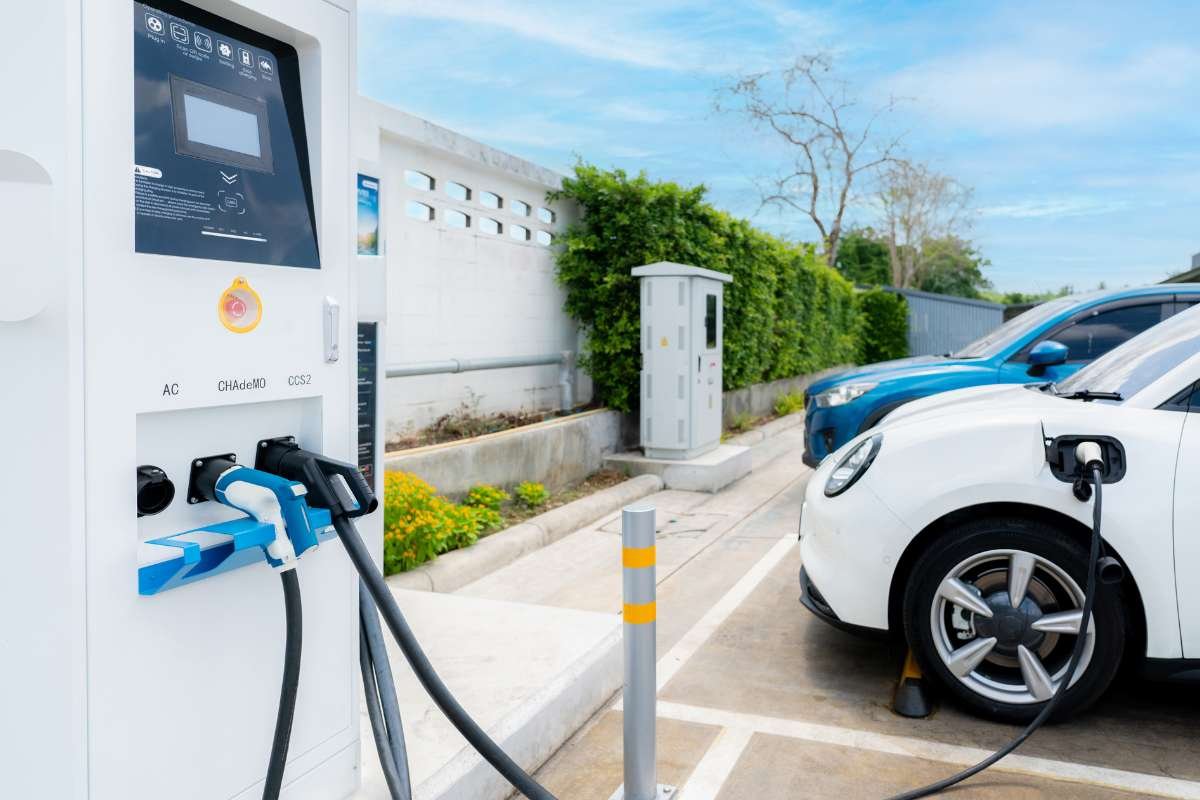Sustainable Data Infrastructure
The world has been jolted awake by the onset of a deadly pandemic. We are face-to-face with the inevitable need to alter our ruthless practices of destroying the natural environment. There is a need for fundamental change in our practices if we are to deliver on the sustainable development goals signed during the Paris agreement. Our choices today will either lead us to an efficient and inclusive future or a deployed and unsustainable one.
One such choice we need to make is regarding the data centers. With businesses springing up everywhere and the general public consuming more data than ever, obsolete technologies for data storage won’t work anymore. Our current data centers need to shift to incorporate the increasing demand. This can be achieved by building a green data center.
A sustainable data infrastructure is the future and Walt Coulston stresses a significant challenge where we need to promote and leverage it for a better economy. Let’s take a look at why green data centers are a better way to build our future.
A Sustainable Data Infrastructure
When we hear about infrastructure, we think of roads, bridges, towers, buildings, etc. But infrastructure comes in less tangible forms as well such as the internet, software, data, research, and more.
Data is the driving force behind successful economies in today’s world. It is what helps us make critical decisions. As the population around the world keeps growing, there is an increasing need for a sustainable data infrastructure.
A sustainable data infrastructure utilizes energy-efficient resources and technologies to make data management more efficient.
There are breakthroughs in technology occurring at a rapid speed like the emergence of artificial intelligence. But our data structures keep clinging to the old ways of doing things. Building a sustainable data infrastructure is about adopting new methods of collecting, evaluating, and using data.
Data infrastructure encompasses more than just physical assets, systems, wires, and computers. A well-established data infrastructure also includes the quality of data, policies, and measures regarding data, firms that govern the use of data, all communities involved in maintaining and controlling, as well as those impacted by the use of data.
Organizations often go for quick, ad-hoc setups for data instead of taking time to build robust data centers to get quick turnarounds. But this method is not scalable and will only lead to more money spent with declining results.
But why do we exactly need sustainable data infrastructure and green data centers?
The Significance of Building Sustainable Data Infrastructure
As data demands are growing, we need a green solution to housing them. A sustainable solution is the only one that can get us through the future and keep economic, social, and financial stability.
1. Exploding Volumes of Data
Data is exploding with more cloud computing and mobile traffic than ever. The data center’s workload has grown by six times in just one decade. The Internet of Things is being adopted widely as well, which is also contributing to growing data demands. Unstructured infrastructure cannot meet these data demands. The only way to tackle it is through a sustainable data infrastructure where energy is consumed efficiently and the latest technology usage is maximized.
2. Increasing Energy Consumption
In 2020, data centers accounted for about 1% of total electrical energy consumption. Energy is needed to run data centers, keep them from overheating, and prevent compromising the data. Everything in a data center needs electrical energy.
A medium-sized data center uses about 10 million gallons of water per year which can fill up almost 100 acres of land. Climate change is already causing the water sources of the planet to decline. Data centers need to move towards a sustainable approach to preserve as much water as possible and build on better sources of energy.
3. Benefits of Sustainable Data Infrastructure
By using sustainable development practices for data infrastructure, the countries could move ahead in time significantly. Green practices will help in:
- Lowering carbon footprint on the environment
- Protecting natural ecosystems and habitats
- Protecting against climate changes
- Optimizing the use of natural resources
- Working with core labor laws and human rights practices
- Bringing forth innovation in industrial and technological practices
- Increasing educational and R&D investment
- Increasing the rate of employment
- Bringing more investors, including foreign direct investment
- Becoming financially viable
- Improving value for the taxpayer’s money
- Accessing renewable resources to provide energy to everyone
- Creating employment in the green energy sector
- Balancing out inequalities so that developing nations could access basic needs too
How to Promote a Sustainable Data Infrastructure?
The main question is how to bring about policy changes that will lead us onto a path of a sustainable future?
Sustainability is a big theme at international platforms right now. The UN has included it as one of its goals and has initiatives in place to achieve those goals too. There is no denying that policymakers, government bodies, and authorities at the national and regional levels will be instrumental in leading the change towards sustainable development.
Forming Proper Policies
Government policies like taxes on investment and businesses can strongly encourage sustainable data infrastructure. Authorities need to set up policies that comply with sustainable goals and ensure their proper implementation. Transparency should be promoted with anti-corruption measures. Incentives could be given for sustainable choices in building data infrastructures to promote investment.
Develop a Suitable Tech Stack
New-age technology is the reality, and if we are to build the most efficient data infrastructure, it is incumbent to harness its power. 21st-century tech innovation is making it easier than ever to create sustainable projects. Know your tech stack for data visualization, database querying, and reporting tools.
Collection of Clean Data
Know your goals and why the data is needed. Several inefficiencies can be cut down if the right data is collected and stored.
Audit Data Regularly
Auditing is necessary to strike out any irregularities and ambiguities. Security and audit of data are also necessary to keep a check over any big discrepancies from arising. Set up authorization access for tight security.
Conclusion
There are many more steps you can take to build a sustainable data infrastructure like unifying and simplifying data, staying organized, and documenting everything.
The bottom line is to take gradual steps towards better data management. It cannot be done in one sweeping movement. We need to build a sustainable data infrastructure by working collectively so the data demands can sustain us well into the future.
Share and comment with your tips on building a sustainable data infrastructure.





